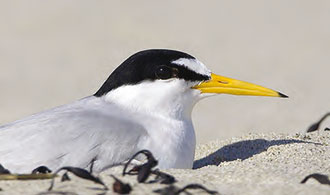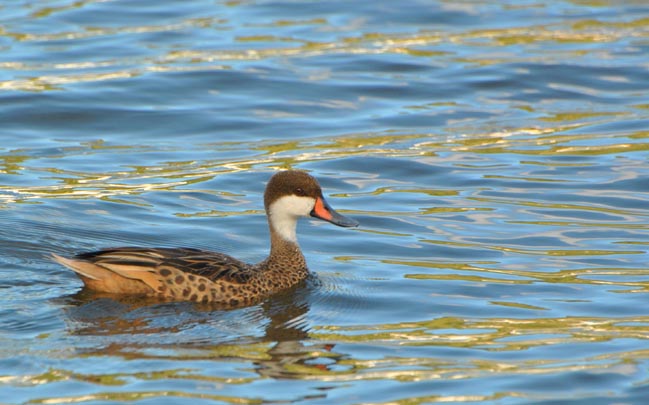The beginning of the year, for Julien Chalifour, in charge of the Scientific Department at the Nature Reserve, signals the time to take stock of the monitoring that has been carried out on shorebirds – dependent on the salt ponds - and seabirds.
THE SHOREBIRDS
The same protocol was followed throughout the year, a monthly visit was taken to the ten salt ponds on the island.
Sixty species of shorebirds have been observed (with binoculars) and counted, as well as some seabird species, like the Pelican, who also frequent the ponds.
These observations are intended to note the monthly fluctuations of the attendance of the birds depending on the species. In 2012, six species were monitored particularly closely, either because they are part of the island’s heritage - protected, threatened or rare - or because they nest here in Saint-Martin.
These being the Purple Heron, the Black-necked Stilt from America, the Caribbean Coot, the Great Egret, the Little Tern and the White-cheeked Pintail (the Bahama Duck). A scientific report is currently being drafted.
THE SEABIRDS
The main target species were Tropicbirds, Brown Noddys and Little Terns.
Disappointment concerning the Tropicbirds: only ten individuals were observed on average during the nesting period on Tintamare, which is the only time these beautiful birds do not live on the high seas.
It is a significant regression from 2010, although it remains to be confirmed if the change in protocol was not the cause of this decline.
This having been said, it is without a doubt that the prohibition to anchor off North Cove on Tintamare is justified more than ever in order to respect the tranquility of birds.
Remaining on Tintamare: the numbers of Brown Noddys, on the other hand, proved stable.
Thirtyeight individuals on average were present at each count and thirty-seven nests were reported, of which three-quarters held chicks, who have since taken flight to other places.
In 2012 the Little Terns were monitored mainly from May to September.
They like to frequent the Great Pond in Terres Basses (which falls outside of the Reserve) where a dozen birds were recorded at each counting. Twenty individuals were observed overall in all the salt ponds, but the species also frequents rocky outcrops that lie outside the territory of the Reserve.
The Little Tern nests on sandbars and unfortunately no nests were spotted - and no chicks - probably because of the significant changes in the water levels of the salt ponds.

















